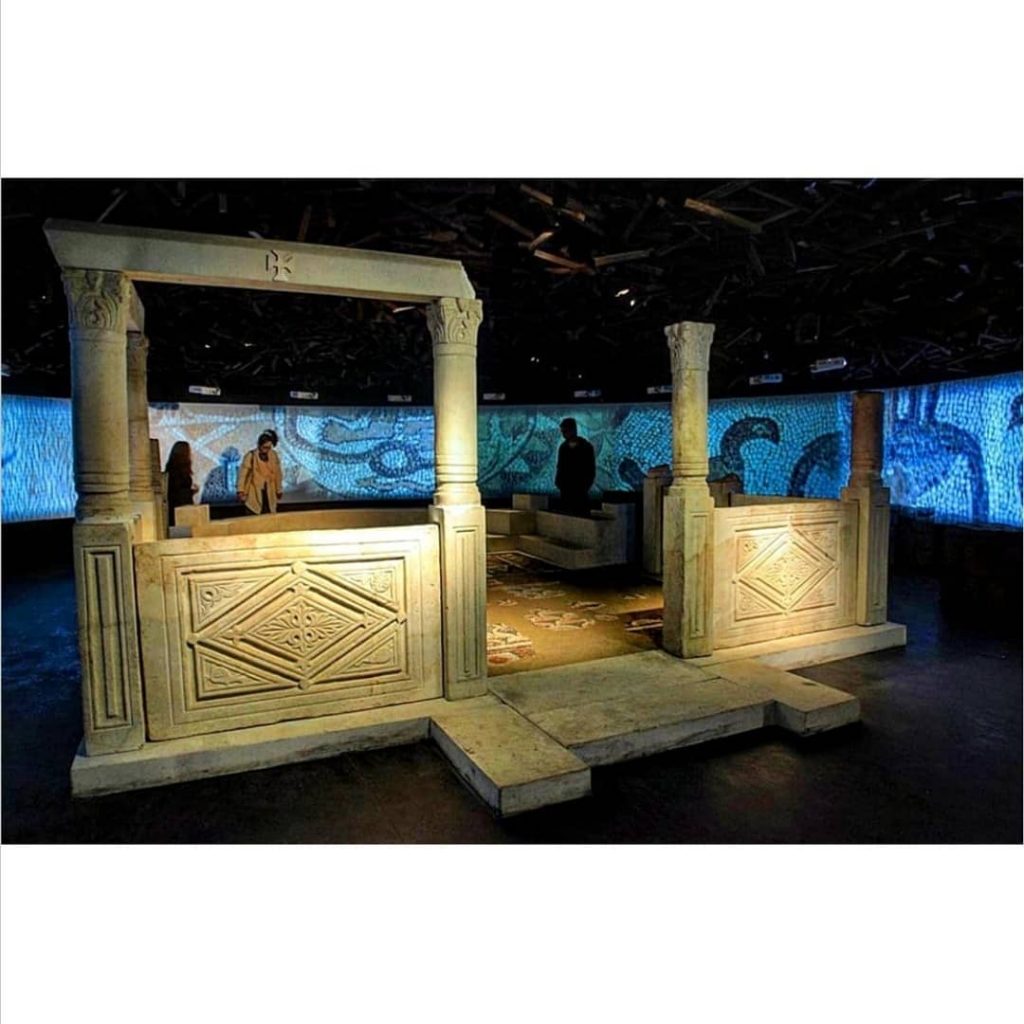One of the most representative monuments preserved as a cultural heritage originating from the city near today’s Suvodol is the marble templon discovered during the excavations of an Early Christian basilica.
The excavations were started by the locals and in 1931-1934 were taken over by Dr. Franz Messenel, employed in the old Archaeological Museum in Skopje, at that time Museum of Southern Serbia. After their discovery, the templon’s parts, i.e. the chancel partition of the altar space – the temple – together with the remains of the floor mosaic were transferred to Kurshumli An. It wasn’t until 1999 that they underwent extensive conservation and restoration testing and protection. At the same time the final reconstruction of the partition and the partial conceptual reconstruction of the mosaic were carried out.
The templon is made from local marble originating from the Sivec mine near Prilep. According to its appearance, it was erected in the 5th century, but as a result of demolitions and damage it was rebuilt several times, with the reconstruction finally defining its last appearance with the parapet panels characteristic of the early 6th century, placed on top of the old foundations.
The templon is consisted of a high altar partition that closed off the altar space, the so-called bema or presbyterium, which extended to the east wall of the church – the apse. In that area there was a semicircular synthronon, i.e. seats for the clergy, and additional tiered synthronons were built lateral to the central space, which speaks about the size of the religious community that gathered here. In the central space, the Holy Table, mensa, was placed, whose fragments are preserved, and under it was a crypt with deposited saints relics, on whose holiness and under whose protection the church was built, and they protected the believers who gathered here for prayer.


